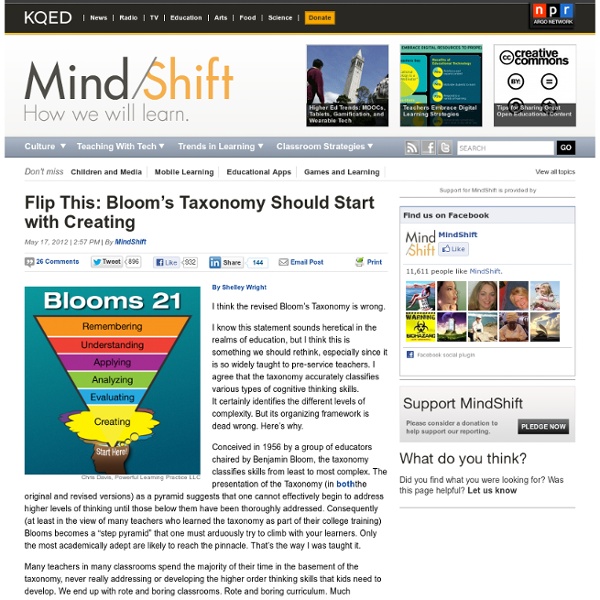10 Reasons Why Students Aren't Using eTextbooks
When e-textbooks were first introduced, they were supposed to be the wave of the future, and experts thought we’d see e-reader-toting students littering college campuses, and of course being adopted in droves by online university students. But they haven’t taken off quite as expected: according to market research firm Student Monitor, only about 11% of college students have bought e-textbooks. So what happened?
@Westylish's Blog: Closing the Gap - developing efficient feedback techniques
Towards the end of last term and at the start of this I have been looking to develop my strategies for ensuring students make the most of their feedback and hopefully therefore make the most progress. Firstly, I think it's important to say that none of the principles I am discussing here are new to my practice. All of the things I have done before. What I am really talking about here is ways of systematising what I do to make sure that as many students as possible can successfully close the gap between where they are and where they want to be.
Differentiated Instruction with UDL
By Tracey Hall, Nicole Strangman, and Anne Meyer Note: Updated on 11/2/09; 1/14/11; Please visit the AIM Center home page. Introduction Not all students are alike. Based on this knowledge, differentiated instruction applies an approach to teaching and learning that gives students multiple options for taking in information and making sense of ideas. Differentiated instruction is a teaching theory based on the premise that instructional approaches should vary and be adapted in relation to individual and diverse students in classrooms (Tomlinson, 2001).
Rule of Three and other ideas
and other handy thoughts: so many folks have asked me for a "quick start" set of rules for the design of 3rd Millennium learning spaces... ... this Rule of Three section and some of the other ideas here (see top of this page), have all been well received in conferences, seminars and most importantly adopted / shared with success by practitioners. These are proven, working ideas, so I thought it was time to park some of them on a web page: I guess rule one is really that there is no absolutely right way to make learning better - schools are all different, their communities, contexts vary and as I have often observed on a windy day they become different places again. So you build your local recipe for great learning from the trusted and tested ingredients of others, adding a bit of local flair too. some schools adopting Bring Your Own Device (BYOD), or more recently Use My Own Device (UMOD - somehow, bringing them wasn't enough!)
education, learning & technology
Teacher confidence in using technology is often a problem for schools that are pushing for colleagues to use technology to enhance learning within their educational establishment. Ensuring that teachers are confident when coming to use technology is a big deal. There are lots of ways in which you can help support colleagues, one of my favourite tried and tested methods is through the use of Digital Leaders. Their non-confrontational, helpful and supportive training is, in my experience, the perfect recipe for helping educators.
Four Things All Educators Should Understand About the Dyslexic Brain
What do you think of when you hear the word dyslexic? All too often the reflex reaction is a stream of negative associations -- "slow reader," "under performance," "extra time on exams," "difficulty spelling." While it is true that these are common symptoms in students with dyslexia, they are surmountable problems.
What a classroom will look like in 10 years
Technology is rapidly evolving. This evolution is occurring because people are sharing ideas, resources and themselves online 24/7. So what does this mean for our education? Education has long been seen as a vertical un-adaptive to change. Fifty years ago schools had individual desks, a blackboard in the front of the room and a teacher who administered lessons and testing in accordance to their specific state.
V-blogging in your classroom - Mark Anderson
iPad Published on October 10th, 2013 | by Mark Anderson You might have got a handle on the advantages of blogging in your classroom, and the many pros of giving your students a public audience for their work, however have you considered adding V-blogging to your armoury of tools to engage your class? A relatively new Video-blogging (V-blog) app that I think could have some real impact is TouchCast.



